 |
| Crotalus molossus molossus
My favorite species (along with Crotalus ornatus). They are adapted to all sorts of habitats and elevations. You don't ever
really target molossus in the field... they just show up when you are out herping. |
 |
| A young adult female found with friends from the east coast. Santa Cruz County, AZ. August 2005. |
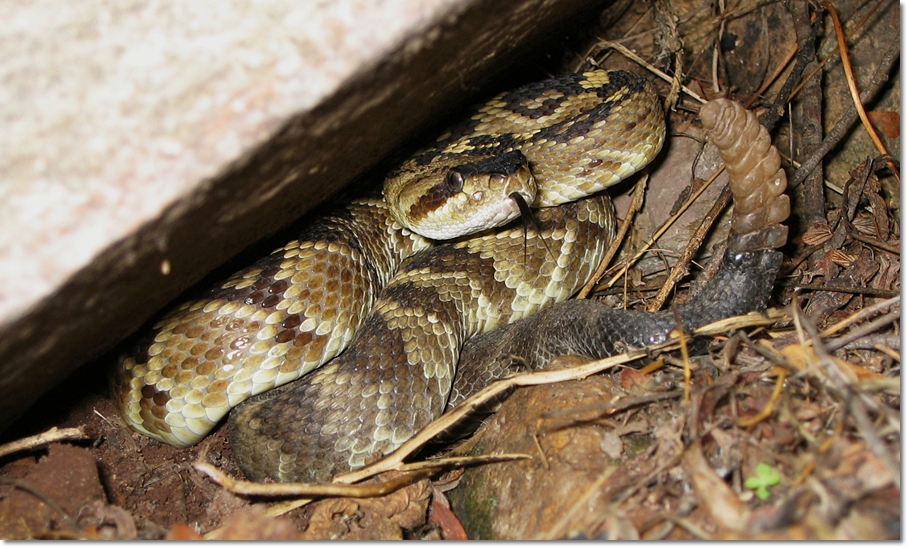 |
 |
| A litter of four babies. Santa Cruz County, AZ. August 2005. |
 |
 |
| Master of the long tongue flick. Cochise County, AZ. July 2007. |
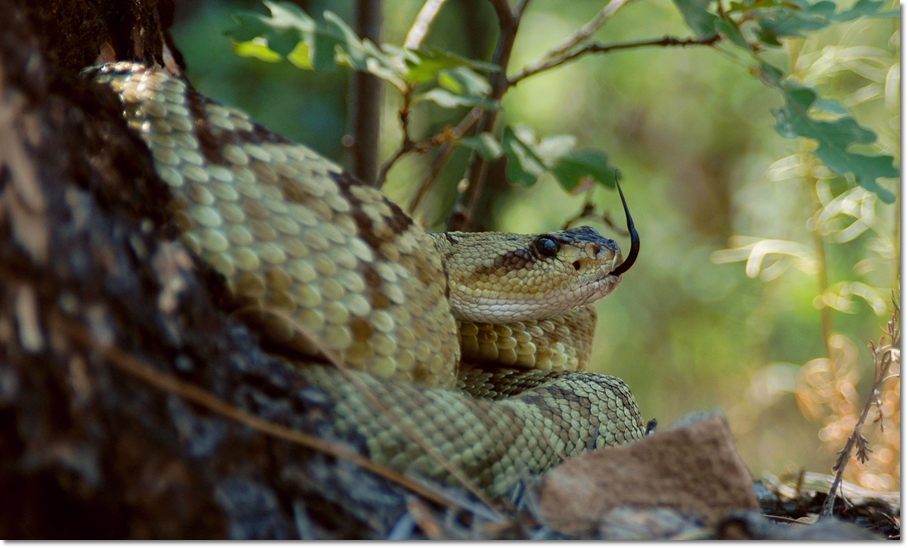 |
 |
| A big adult male found right by the trail at the Gila Cliff Dwellings. Catron County, NM. August 2007. |
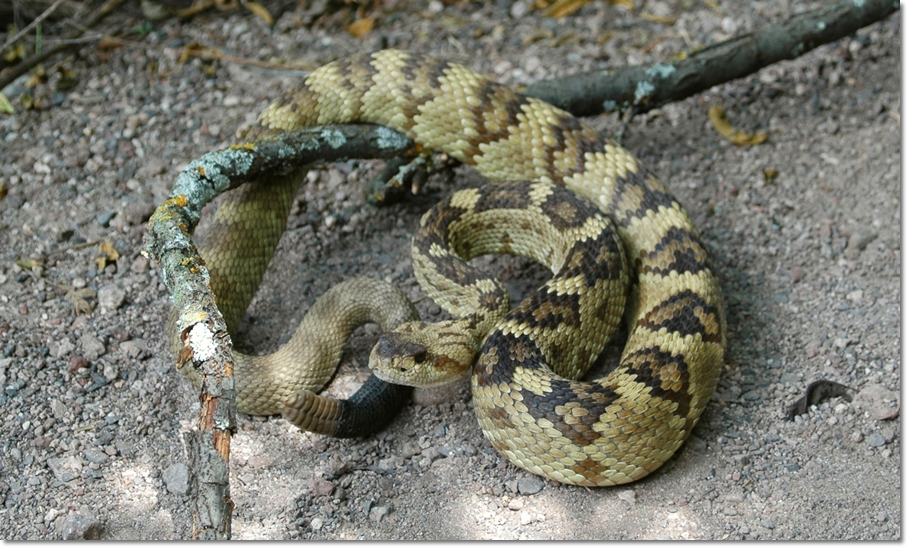 |
 |
| From a mountain range with white granite, blacktails from here are quite light in color. Yuma
County, AZ. August 2008. |
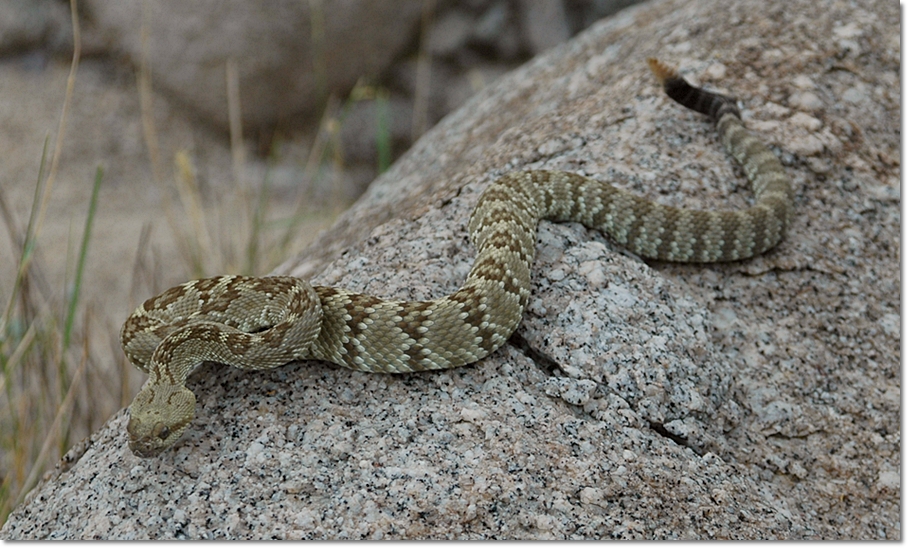 |
 |
| High elevation animal from the Pinalenos. Graham County, AZ. July 2009. |
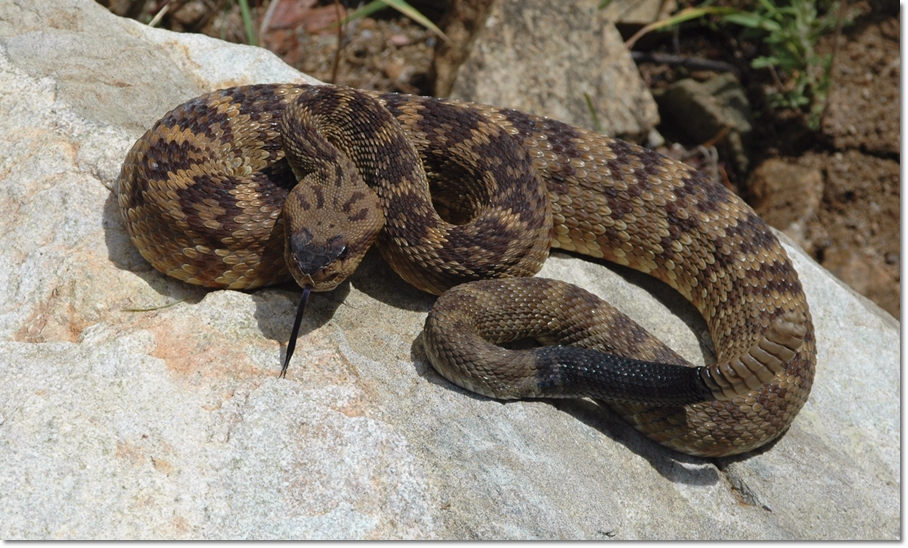 |
 |
| Although this animal falls into the distribution of C. m. molossus, it exhibits the classic
net-like patterning on the neck typical of C. ornatus suggesting it may have some ornatus influence. Hidalgo County, NM. August
2009. |
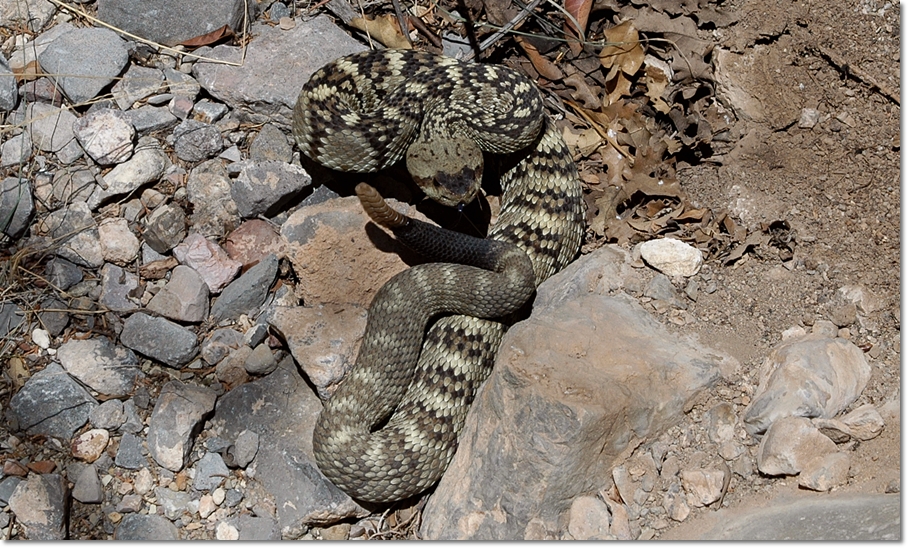 |
 |
| Low desert Sonoran Clade animal. Maricopa County, AZ. August 2009. |
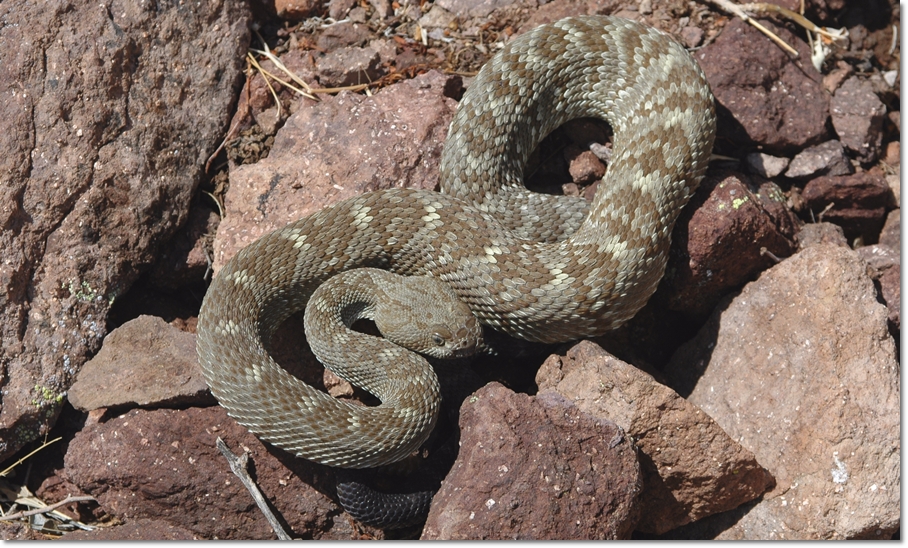 |
 |
| Large adult male. Grant County, NM. July 2010. |
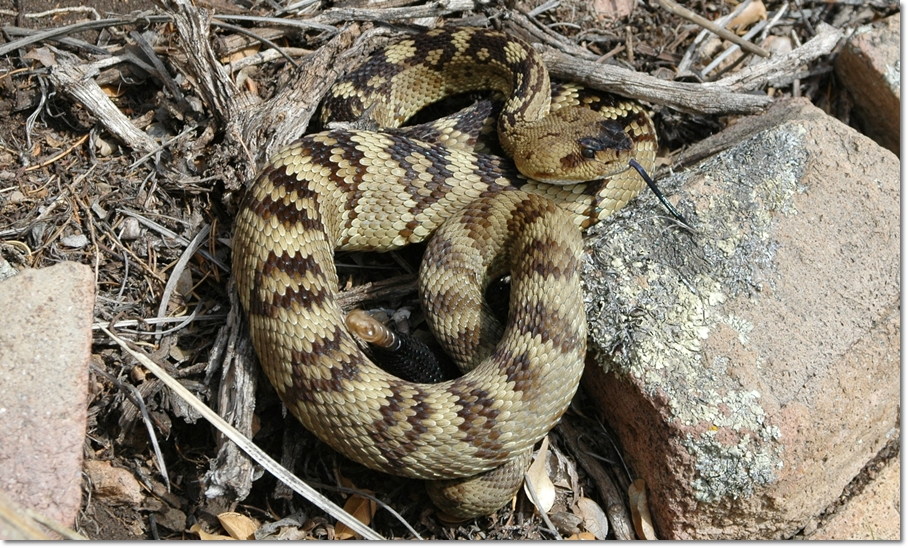 |
 |
| Young adult male. Grant County, NM. July 2010. |
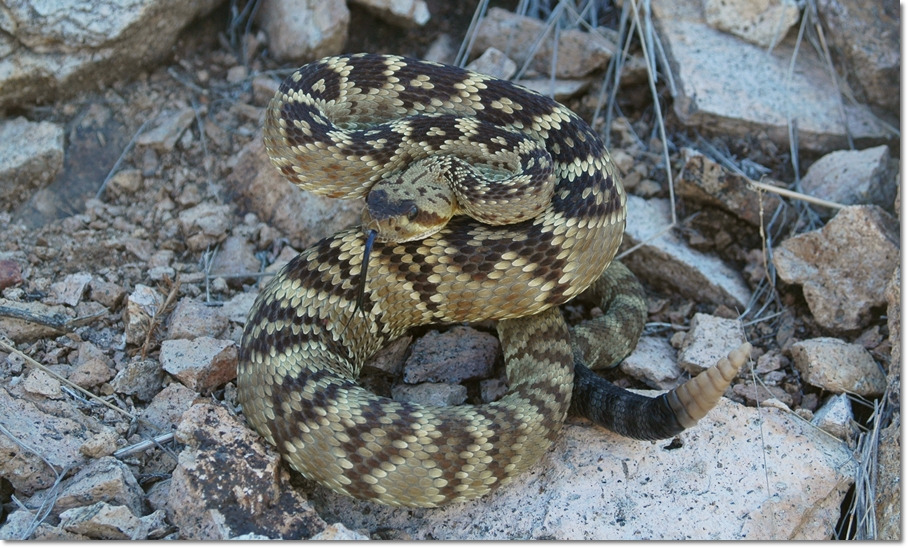 |
 |
| From the road with quads and vines. Santa Cruz County, AZ. August 2010. |
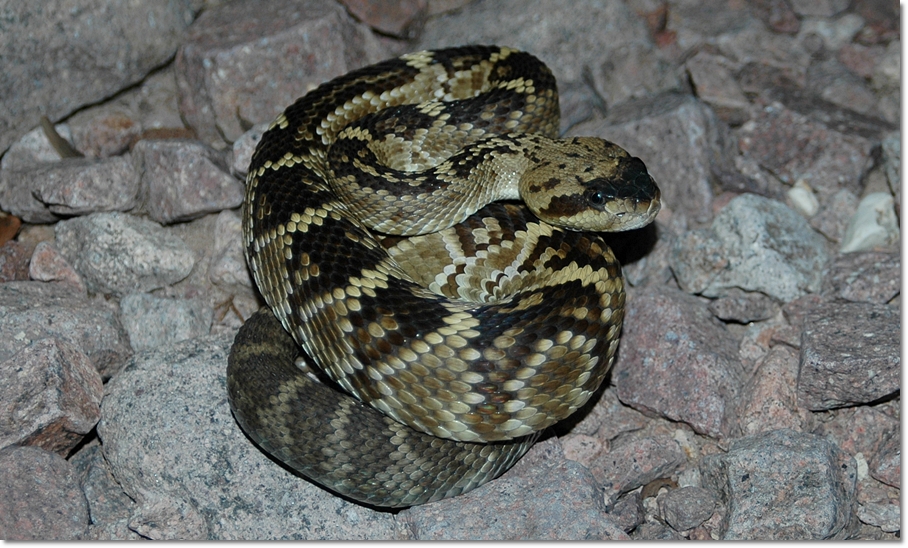 |
 |
| Another from the same road as the sun was going down. Santa Cruz County, AZ. August 2010. |
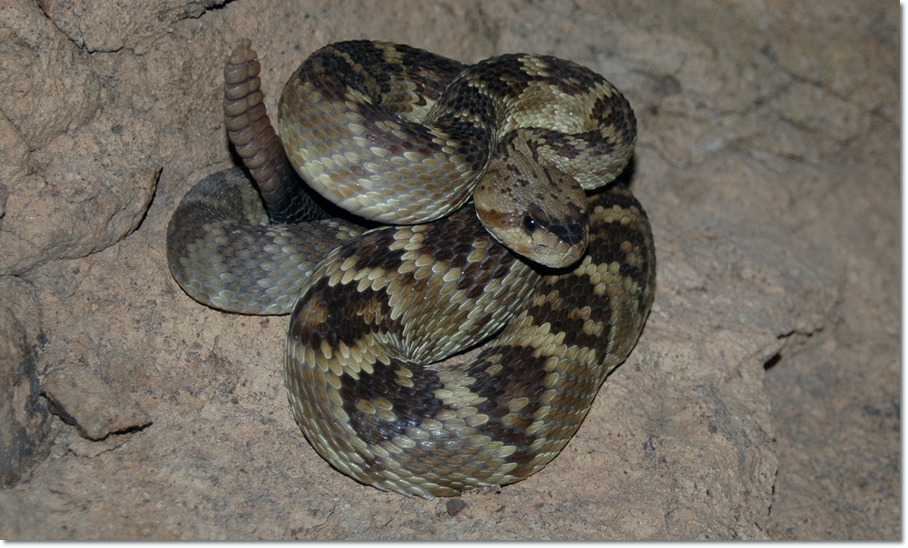 |
 |
| Peloncillo animals are pretty nice. This one was exceptional. Cochise County, AZ. July 2013. |
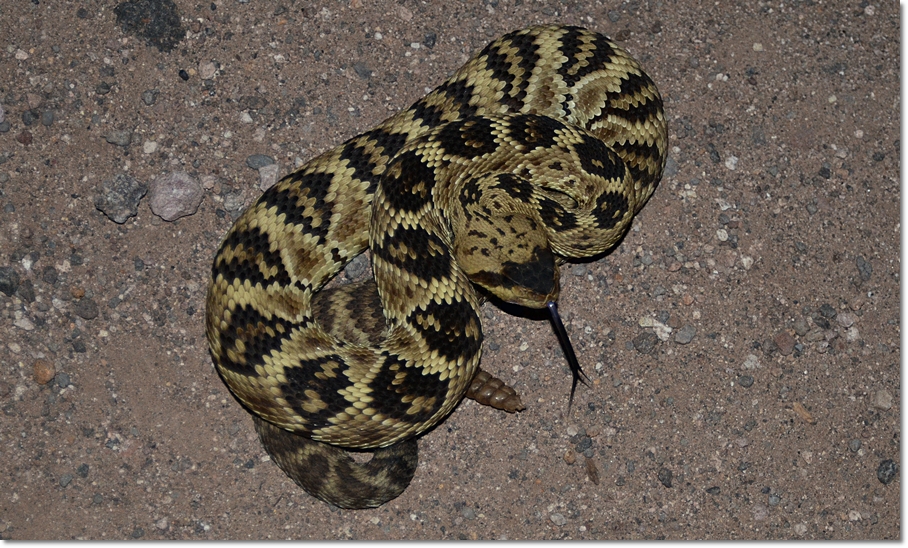 |
 |
| In my opinion, the Huachucas and Santa Ritas produce the nicest blacktails in the U.S. Cochise
County, AZ. August 2014. |
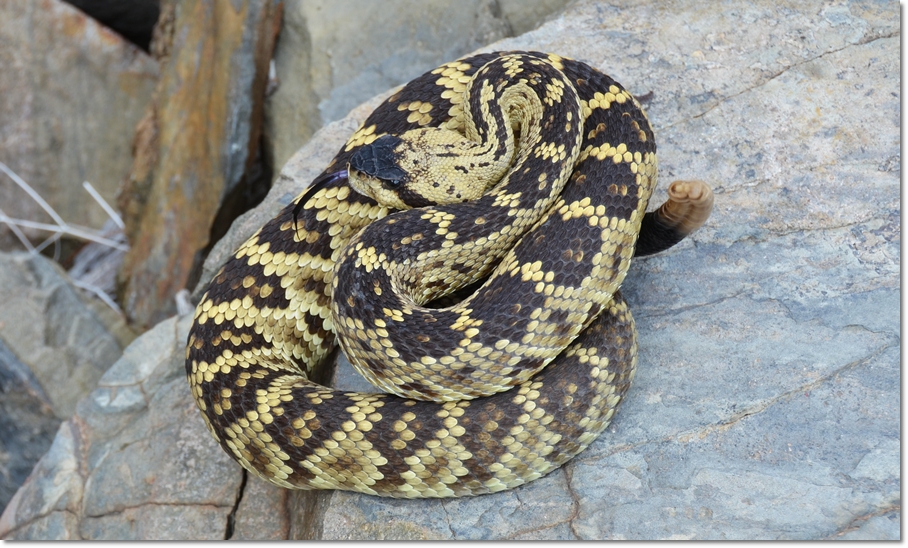 |
 |
| The Chiricahuas also produce some really nice blacktails. Cochise County, AZ. August 2014. |
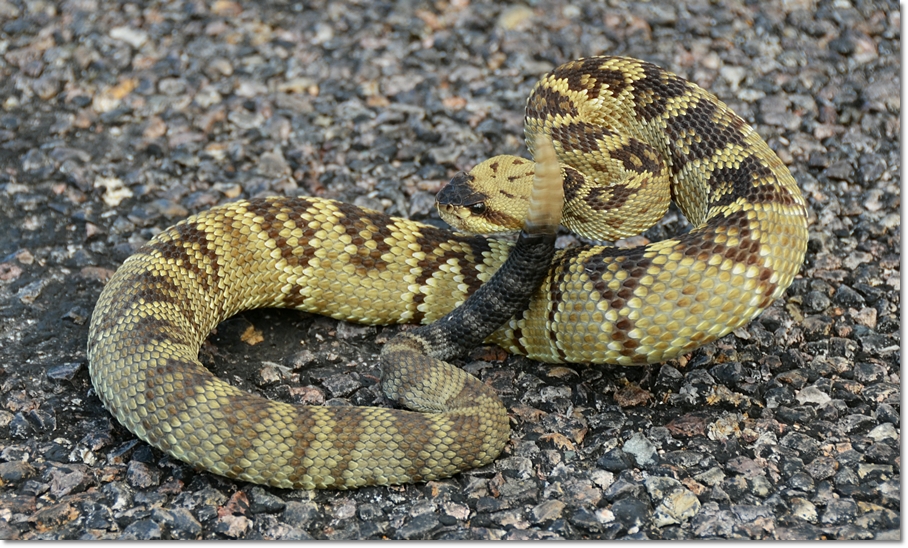 |
 |
| A gorgeous specimen seen on a trail in Saguaro National Park. It slowly retreated underneath a prickly pear for protection. Pima County, AZ. August 2016. |
 |
 |
| Found on a friend's property. Pima County, AZ. May 2017. |
 |
 |
| A female found as she was going under a rock. Cochise County, AZ. August 2018. |
 |
 |











